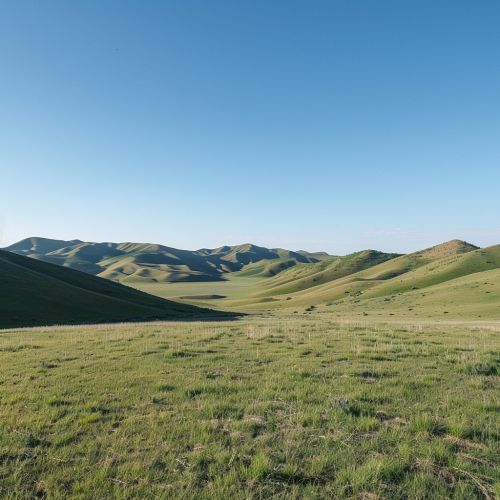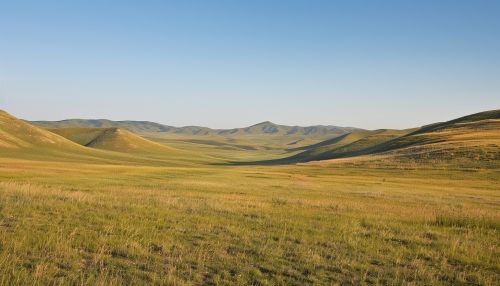Kazakhstan
Geography
Kazakhstan, officially known as the Republic of Kazakhstan, is the world's largest landlocked country, and the ninth-largest country overall. It is located in Central Asia and Eastern Europe. Bordered by Russia to the north and China to the east, it also shares borders with Kyrgyzstan, Uzbekistan, and Turkmenistan, and also adjoins a large part of the Caspian Sea.


The terrain of Kazakhstan includes flatlands, steppe, taiga, rock canyons, hills, deltas, snow-capped mountains, and deserts. It has a diverse range of terrains, climates, and wildlife. The country has the largest and strongest performing economy in Central Asia, supported by its abundant natural resources.
History
Kazakhstan has a rich and diverse history, having been inhabited since the Paleolithic period. The country's written history begins with the presence of Scythians. The Scythians were renowned warriors and traders who used mobile, horse-drawn homes to navigate the vast steppes of Kazakhstan. The Golden Horde and the Mongol Empire later dominated the country.
In the 15th century, the Kazakhs emerged as a distinct group, divided into three Jüz (ancestor branches occupying specific territories). The Russians began advancing into the Kazakh steppe in the 18th century, and by the mid-19th century, they nominally ruled all of Kazakhstan as part of the Russian Empire.
Following the 1917 Russian Revolution, and subsequent civil war, the territory of Kazakhstan was reorganized several times before becoming the Kazakh Soviet Socialist Republic in 1936, a part of the Soviet Union.
Kazakhstan declared itself an independent country on December 16, 1991, the last Soviet republic to do so. Its communist-era leader, Nursultan Nazarbayev, became the country's new president. Since independence, Kazakhstan has pursued a balanced foreign policy and worked to develop its economy, especially its hydrocarbon industry.
Politics and Government
Kazakhstan is a unitary republic. Its first and, until 2019, only President was Nursultan Nazarbayev. The President of Kazakhstan is the head of state and is also the commander in chief of the armed forces. The president also has the power to veto legislation passed by the Parliament.
The Prime Minister of Kazakhstan is the head of government and is responsible for the country's domestic policy. The Prime Minister is appointed by the President and has the power to propose constitutional amendments, laws, and referenda to the President.
Kazakhstan has a bicameral Parliament, composed of the Majilis (the lower house) and the Senate (the upper house). Members of the Majilis are elected by the people, while Senators are chosen by the President.
Economy
Kazakhstan's economy is the largest in Central Asia. It is rich in natural resources, and it also has a large agricultural sector featuring livestock and grain. Kazakhstan's industrial sector rests on the extraction and processing of these natural resources.
The country is also a large exporter of tungsten, copper, and zinc. Other important exports include ferrous metals, gas, petroleum, and chemicals. Kazakhstan is also a large exporter of grain, particularly wheat, and the country has a significant agricultural sector that also includes livestock.
Culture
Kazakhstan has a rich cultural heritage. Kazakh culture is heavily influenced by the Turkic nomadic lifestyle. The Kazakh people are nomads; their life and culture are oriented around horsemanship and living off the land.
Kazakh culture is deeply tied to the land and the natural world, and many Kazakh traditions reflect this. For example, the traditional Kazakh dwelling is the yurt, a tent made of felt, which can be easily assembled and disassembled, reflecting the nomadic lifestyle.
Kazakh cuisine, music, and clothing all reflect the country's nomadic past and natural heritage. The dombra, a two-stringed instrument, is a key element of Kazakh music and culture. Traditional Kazakh clothing is made from natural materials, such as wool and leather, decorated with ornamental patterns symbolizing aspects of the natural world.
